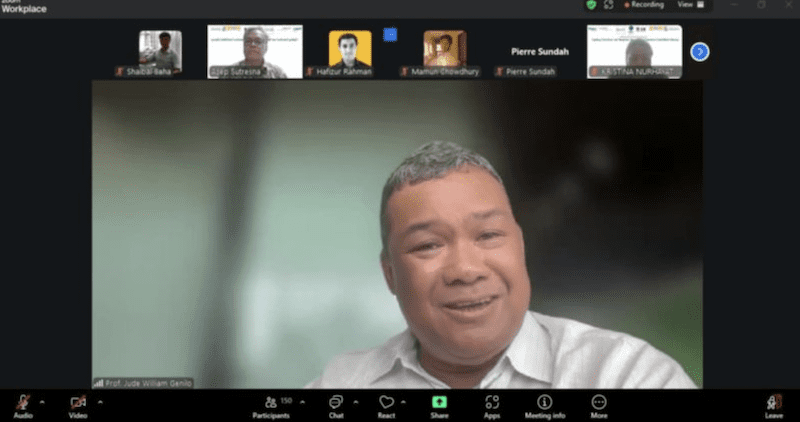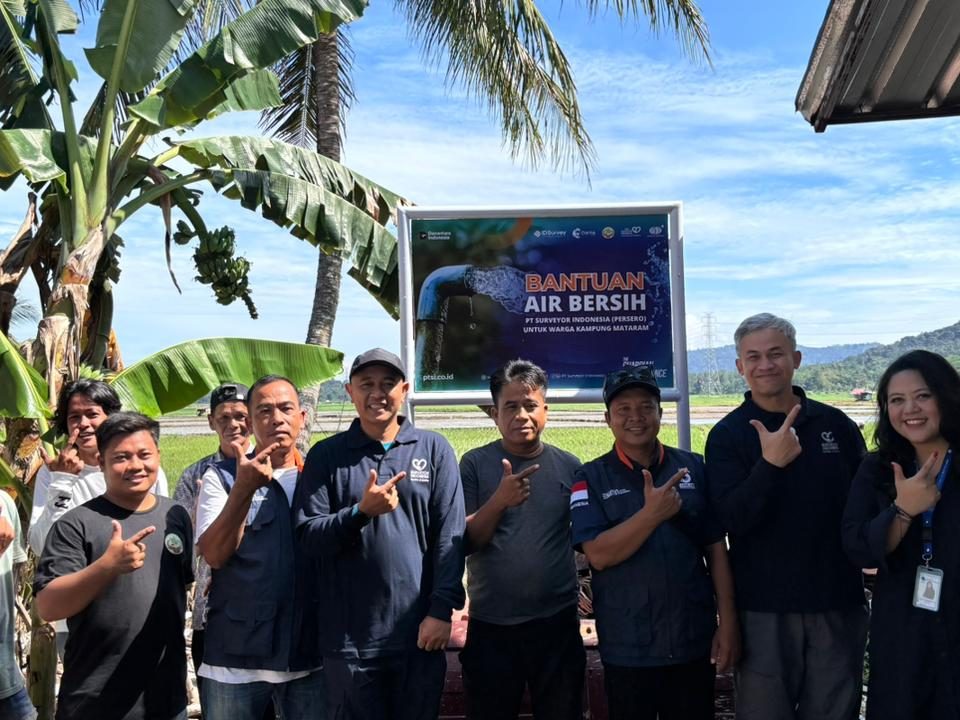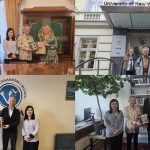
UMN Explores New Partnerships in Poland and Czech Republic!
November 6, 2025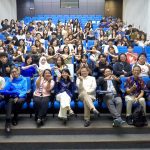
Prof. Randy Jay C. Solis, PhD, Becomes Visiting Professor at The UMN Faculty of Communications Program!
November 7, 2025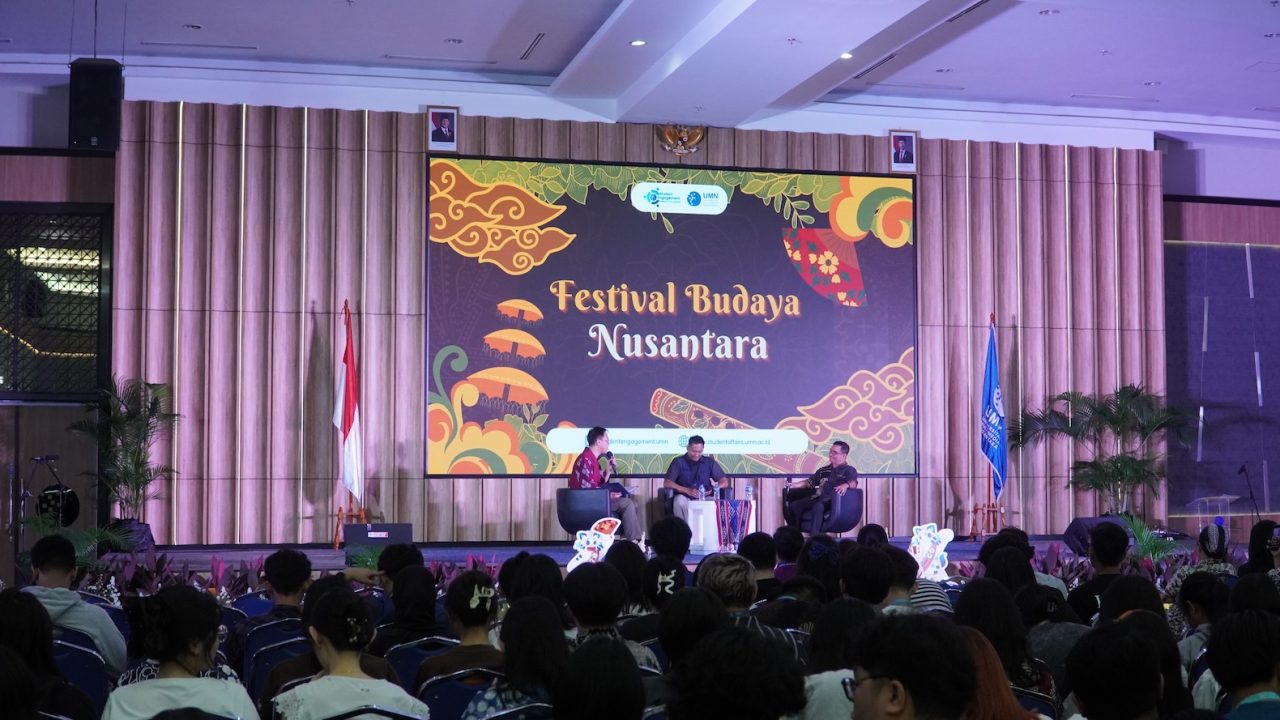
Opening of the Nusantara Cultural Festival (Doc. UMN)
Tangerang, (05/11/2025) – The Nusantara Cultural Festival is an annual event organized by UMN Student Affairs. This event aims to continue to bring various cultures in Indonesia into everyday activities. This year, the Nusantara Cultural Festival had the opportunity to collaborate with Taman Mini Indonesia Indah (TMII). The Nusantara Cultural Festival features a series of activities and a bazaar showcasing products from various regions in Indonesia.
The Nusantara Cultural Festival is proof of UMN’s commitment to preserving and instilling Indonesian cultural values. This year, the Nusantara Cultural Festival carries the theme “Bhineka Berkarya Satu Festival, Seribu Cerita” (One Festival, A Thousand Stories). This activity is essential for UMN so that students not only know and understand Indonesian culture, but also encourage students to continue to maintain and preserve Indonesian culture. The Nusantara Cultural Festival was opened by Dr. Ika Yanuarti, S.E., M.S.F, CSA., Vice Rector for Student Affairs.
“This is a routine activity that we prepare for students and the UMN academic community. We conduct this activity to bring students closer to the archipelago’s culture. In line with the name of the UMN campus, which not only focuses on futuristic values but also the values of the archipelago, so that with the many cultures that come in, students do not forget their roots,” Ika said.
According to Ika, amid rapid technological and informational advances, Indonesian values must still be instilled in students. This is so that students can preserve Indonesian culture, and through this event, Ika hopes that UMN students can learn more about Indonesian culture and preserve it.
The Nusantara Cultural Festival opened with a seminar titled “Harmony, Color, and Stories: Preserving Indonesian Cultural Identity.” At this seminar, there were two speakers: Ady Kristanto, Education, Conservation, Research Partnership Specialist at Jagat Satwa Nusantara TMII, and Hendry Donald Izaac, S.Sos, M.Si, a cultural observer. They discussed biodiversity in Indonesia, ranging from endemic animals to conservation, as well as steps the younger generation can take to continue preserving Indonesian culture.
“We know that Indonesian culture is very diverse, including dance, music, painting, and various other cultural arts. In fact, Indonesian culture is very broad, and the endemic animals in Indonesia are also part of Indonesian culture. This is because endemic animals live and grow in only one area. These endemic animals have become an inspiration and have blended with local customs, for example, the Komodo dragon, which only exists in East Nusa Tenggara and has become a symbol of the region itself,” Ady explained.
Ady also explained that the condition of animal habitats in Indonesia is currently not good, due to habitat changes caused by industrialization and hunting. One recent case that has attracted a lot of attention is the Food Estate, which has had an impact on residents and animal habitats. For Ady, this is not just a government problem, but a lack of communication between residents and the government.
“Indonesia is a mega-biodiversity country, with the greatest diversity in the world, and all these species control the ecosystem in Indonesia. If one animal becomes extinct, it can change the entire ecosystem. For me, this is something that students need to understand, that there are many things to explore in Indonesia and that all of them are related to culture,” Ady added.
Discussing biodiversity in Indonesia, Hendry also explained that preserving endemic animals is not only good for the environment but can also increase tourism’s appeal. However, we must still pay attention to the ecosystem of these endemic animals and take special conservation measures. In this way, Hendry is confident that the habitat and preservation of endemic animals can be maintained.
“Indonesia is rich in culture and has many animal species, which is Indonesia’s extraordinary wealth. For me, preserving Indonesian culture is the responsibility of all of us, especially the younger generation. There are many ways we can do this together, of course, by getting to know the biodiversity in Indonesia. By continuing to pay attention to and preserve these cultural values, they will not be lost,” Hendry explained.
According to Hendry, society’s role is vital, and the preservation of Indonesian culture is not solely the government’s responsibility. Hendry also said that biodiversity could become an icon of Indonesia, as has happened in various countries, such as Moo Deng from Thailand and the Red Panda from China.
“I think this trend can attract many people around the world to learn about Indonesia’s biodiversity. Of course, this can also be implemented through small steps taken by students on campus, starting from campaigns, research, or animations. I am confident that with high-level strategies and creativity, we can turn biodiversity into Indonesian pop culture, and we can all support sustainability,” Hendry added.
The Highlight of The 2025 UMN Nusantara Cultural Festival
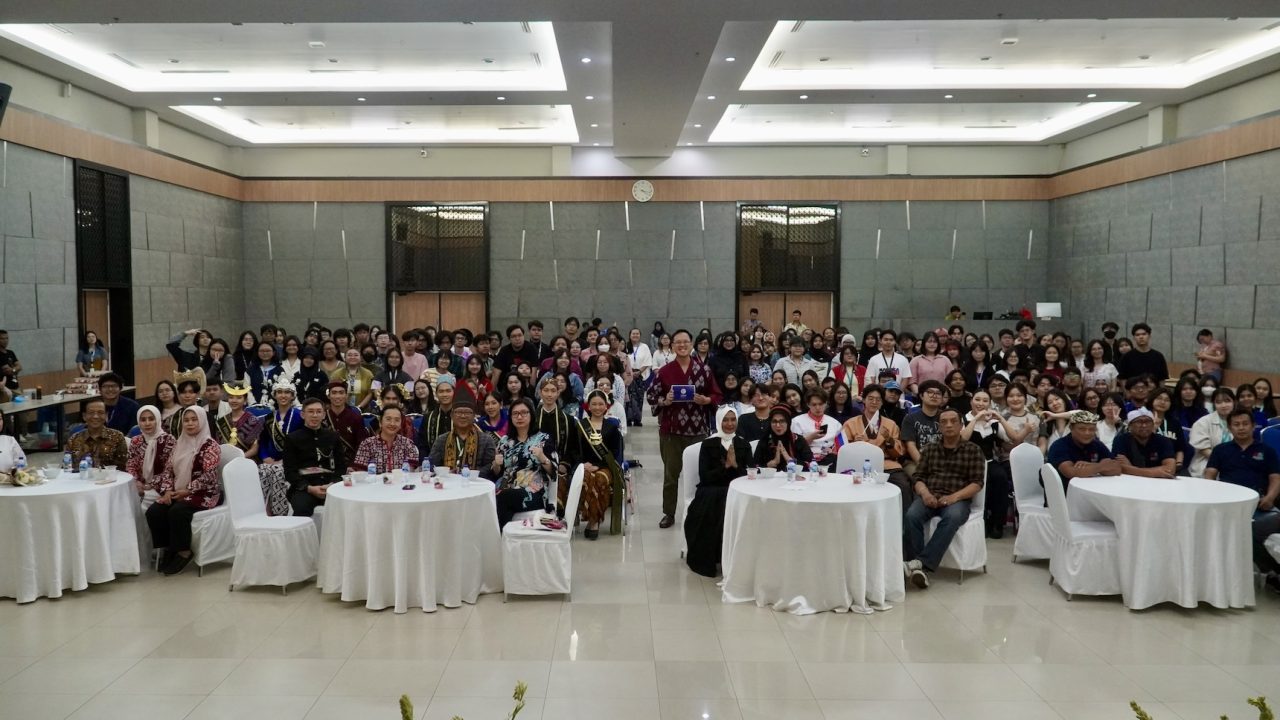
Group photo at the highlight of the UMN Nusantara Cultural Festival. (Doc. UMN)
Cultural performances from various regions in Indonesia enlivened the UMN Nusantara Cultural Festival. These performances ranged from dances and songs to musical instruments and other cultural performances, showcasing traditional clothing and songs. This event was attended by UMN students, exchange students at UMN, and partners from TMII who also presented various Indonesian cultures. The highlight of the UMN Nusantara Cultural Festival was opened by Dr. Andrey Andoko, the UMN Rector.
“We prioritize cultural aspects because they are essential. Culture is the courage to live that provides values, guidelines, and rules for living. Culture is the identity of a nation and what distinguishes one nation from another. Culture can be reflected in language, clothing, dance, music, and cuisine, which makes culture a social force and creates a sense of togetherness, as well as a source of inspiration and creativity,” Andrey said.
For Andrey, each cultural tribe in Indonesia has its own characteristics, and it is essential to continue developing them in line with the times without abandoning cultural values. By continuing to focus on the future, cultural values will not be left behind.
“In line with Indonesia’s motto ‘Bhineka Tunggal Ika’ (Unity in Diversity), even though Indonesia is diverse and each region has its own uniqueness, we remain one in building Indonesia. UMN will continue to be committed to preserving and introducing Indonesian culture to students. I hope that students will not lose their identity as Indonesians. Through these activities, we can continue to celebrate and preserve the various cultures that exist in the archipelago,” Andrey concluded.
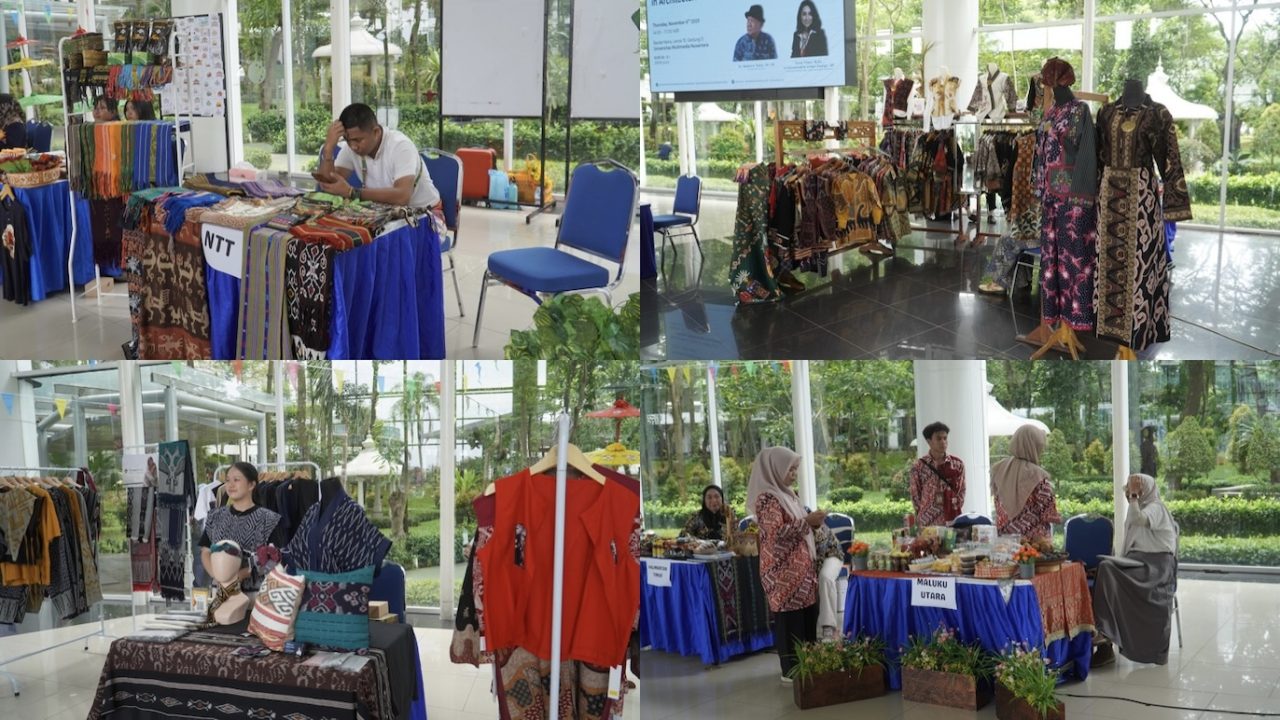
Bazaar booths from various regions of Indonesia in Lobby B, UMN Campus. (Doc. UMN)
In addition to performances, there was also a bazaar featuring various regional products from Indonesia. These included regional foods, fabrics, woven goods, regional accessories, and various other products. The bazaar was attended by MSMEs from across Indonesia, with the hope that students would be able to see and learn about Indonesian culture firsthand.
By Rachel Tiffany | UMN News Service
English translation by Levina Chrestella Theodora
Kuliah di Jakarta untuk jurusan program studi Informatika| Sistem Informasi | Teknik Komputer | Teknik Elektro | Teknik Fisika | Akuntansi | Manajemen| Komunikasi Strategis | Jurnalistik | Desain Komunikasi Visual | Film dan Animasi | Arsitektur | D3 Perhotelan , di Universitas Multimedia Nusantara.



